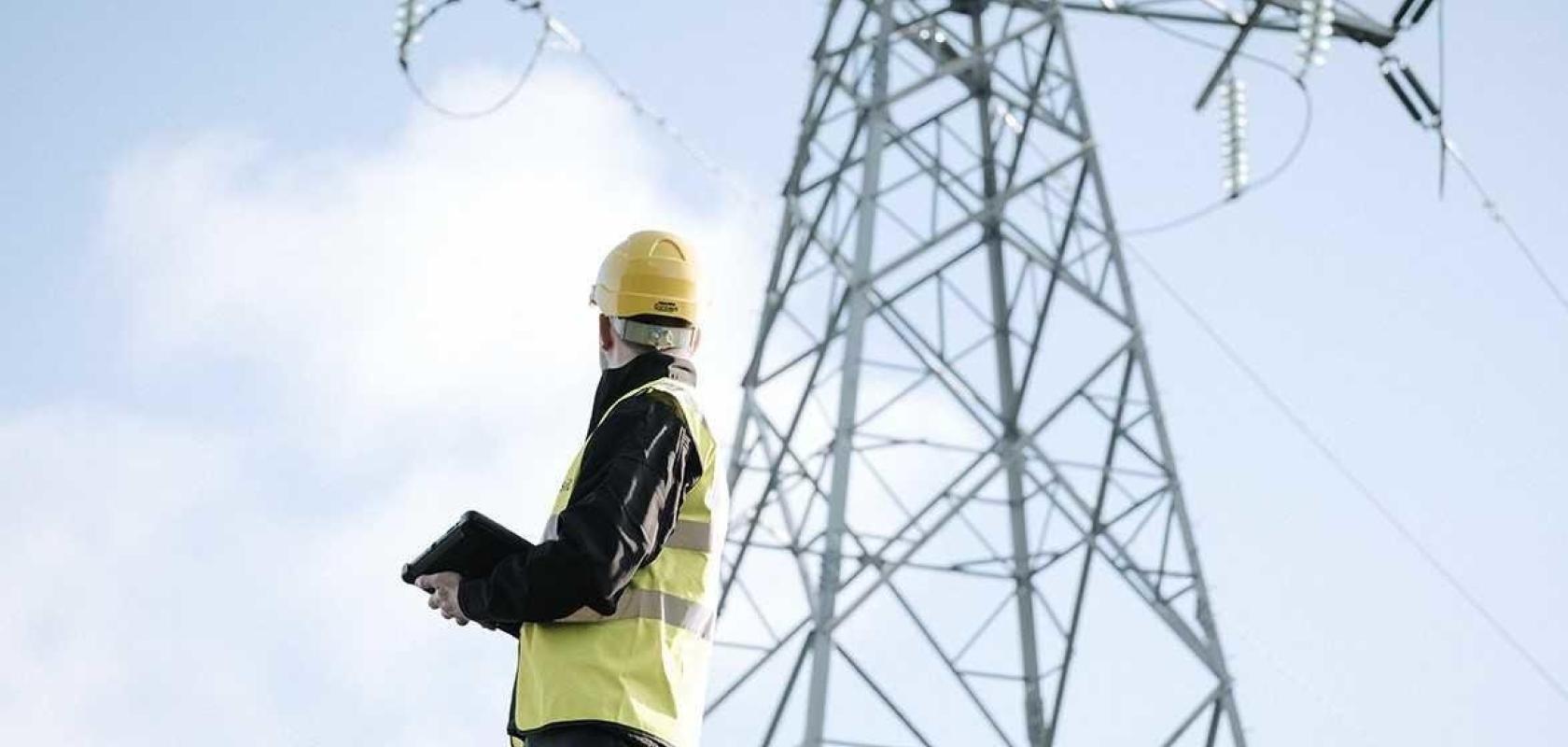Fibre Systems speaks to a lead design engineer and a fibre planner to find out about the day-to-day challenges they face on the front line
Mo Kashani, lead design engineer
I have been a fibre engineer for two and a half years. Prior to this I had no experience in fibre. I came from a wireless design engineering role. 4site had just partnered with SIRO in Ireland and needed designers on the project, so I started as a junior engineer and worked my way up.

My role varies day-to-day, which keeps it interesting. I have a lot of interaction with the client and other stakeholders in order to solve any problems that arise on site. This is a very dynamic environment and you have to be able to think fast and react, providing solutions to the problems.
We have a culture of mentoring and supporting other engineers, so a large amount of my daily day-to-day tasks involve further training of any less experienced colleagues. Quality is also a main pillar in any design, so quality control of the design packs, completed by others, could make their way into my daily routine at some stage in the day.
Busy environment
One of the most satisfying parts of my job is working in a very fast-paced build environment. There is a very short span of time between design and build turnaround. Seeing your design becoming a reality is a great feeling. There is a new thing to be learnt every day, which makes my job very exciting, as I thrive by learning something new.
Probably the most challenging aspect of what I do is the lack of vision and future-proofing from the government, and not having a unified standard plan in place. Although, this is about to change. It can be frustrating when there is a lack of planning at council levels and lack of co-operation between local authorities and providers installing the infrastructure.
The biggest issues affecting the deployment of fibre from an engineer’s standpoint involve the cost of infrastructure roll-out in untouched or remote areas, without support of government incentives. This is very prohibitive for any provider, as the cost justification is not possible as a private entity.
Government needs to back up the fibre roll-out with legislation to allow wider access to the existing infrastructure and privately-owned land to secure right-of-way similar to what ESB Networks would be granted in order to provide electricity. Whether this can be combatted is largely dependent on government policy and their support.
Looking ahead
In the industry’s short-term future, I would like to see the approach for mass connectivity with fibre-enabled premises and businesses focusing on densely populated zones that will return maximum yield in unit connections against minimum effort, time and disruptions to the surroundings.
As for the long-term, very rigid guidelines need to be implanted to assure any future developments are in line with delivering fibre to any type of premises.
Government legislation need to be the main agenda, in order to incentivise and assure delivery of fibre everywhere in the country.
I would highly recommend a career in fibre, as it is still a niche market, and the highly-skilled workforce is not easy to find in this sector. There will be always demand for every faculty from fibre designer to cable splicers and so on. Due to the environment we are in, with all the new technologies coming online, there is always something new to learn, so for inquisitive minds this would be a real treat.
For those open to overcoming challenges and who thrive by doing so, this could be a great sector to get into.
Michael O’Sullivan, fibre planner

I have been a fibre planner for three years. I wanted to get an overall perspective of the industry, so I started out as team lead on the surveying of fibre infrastructure, then progressed to the design department on the CityFibre project, where I was able to apply the on-the-ground skills I acquired into my designs.
Mo Kashani is lead design engineer and Michael O’Sullivan is fibre planner at 4site


